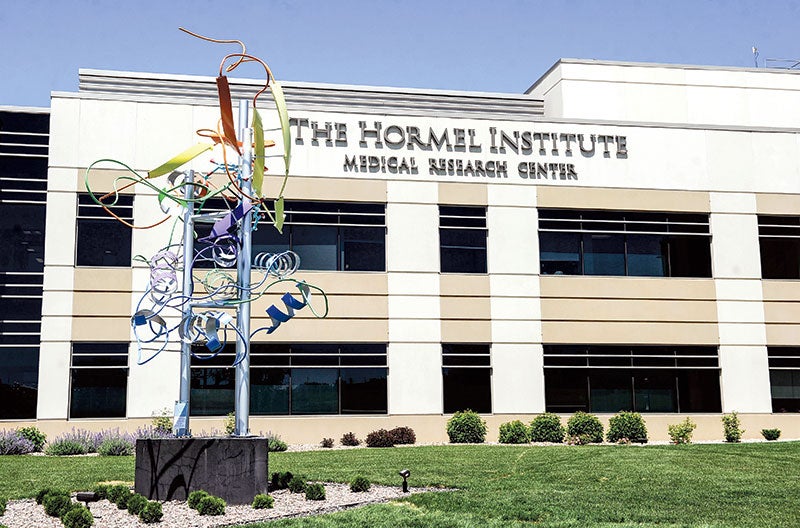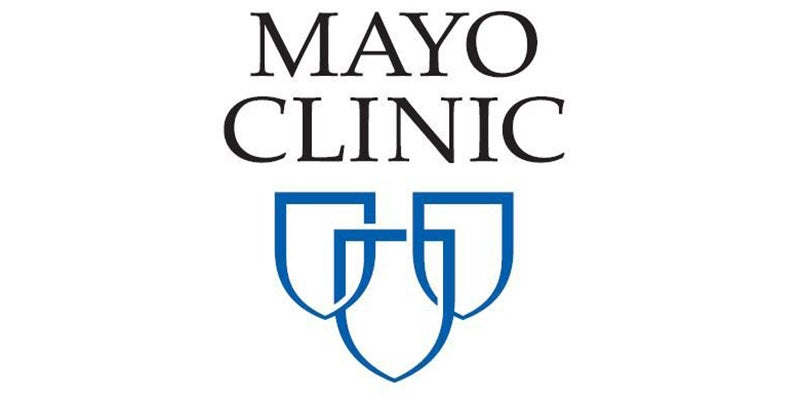Centralizing organ removal may benefit transplants
Published 9:13 am Wednesday, February 26, 2014
For decades, surgeons have traveled to far-off hospitals to remove organs from brain-dead donors and then rushed back to transplant them. Now an experiment in the Midwest suggests there may be a better way: Bring the donors to the doctors instead.
A study out Tuesday reports on liver transplants from the nation’s first free-standing organ retrieval center. Nearly all organ donors now are transported to Mid-America Transplant Services in St. Louis from a region including parts of Missouri, Illinois and Arkansas.
Removing organs at this central location near the four hospitals that do transplants saves money, the study found. The livers spent less time outside the donor’s body, which at least in theory improves the odds of success. Doctors also think they are getting more usable organs from each donor, though this study only looked at livers.
Transplant experts say this could become a new standard, and groups in Philadelphia, Pittsburgh, Denver, Chicago and Ann Arbor, Mich., have started or are exploring similar ventures.
“It’s kind of a foreign concept so it’s taken some time for this to catch on, but I think it will. It makes so much sense,” said Dr. William Chapman, a transplant surgeon at Washington University in St. Louis, which uses the Mid-America center.
“There’s no question in my mind” this should be done everywhere, said Dr. Majella Doyle, also of Washington University. “It will increase the number of organs that are used and it will increase efficiency and decrease costs.” She led the study, published in the American Journal of Transplantation.
About 28,000 transplants were done in the United States in 2012; more than 121,000 people are on the waiting list now.
Organs have a finite shelf life — livers, 6 to 10 hours after removal; hearts and lungs, even less. Kidneys last about a day.
Transplants are not done at every hospital — only a few in any major city have that capability. Surgeons usually travel to wherever the donor is to retrieve organs, performing these hurried, complex operations in unfamiliar settings, often assisted by staffs at hospitals that don’t have transplant expertise.
Donors provide three organs on average but can give six or more. Each specialist — lung, heart, kidney — wants to test and inspect an organ to ensure viability before committing to the transplant. Sometimes multiple doctors make the trip to retrieve organs, or there is redundant testing and inspection when an organ that’s been removed by one doctor gets to another hospital where it will be transplanted.
Mid-America, the region’s organ procurement organization, thought that having a retrieval center — a commercial building with two operating rooms and testing equipment — near the four St. Louis hospitals that do transplants would improve coordination. In 2001, the first year it was open, it handled 36 percent of liver donations in the region. By 2011, it was up to 93 percent.
Two staffers, usually nurses, go to the donor’s hospital — by ambulance if within 80 miles and by plane if farther — to bring brain-dead donors on life support to St. Louis. After any organs and tissues are removed, the body is returned, according to the family’s wishes.
The study looked at 583 livers donations from 2001 through 2011— 407 procured at the organ retrieval center, 94 at St. Louis hospitals and 82 from flights to other hospitals in the region.




